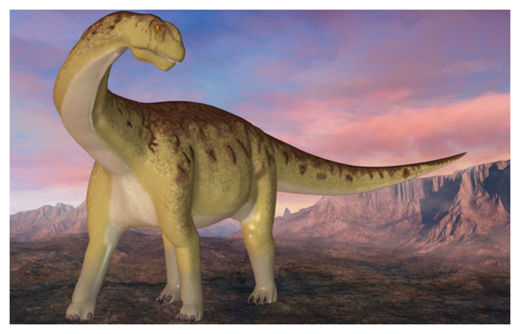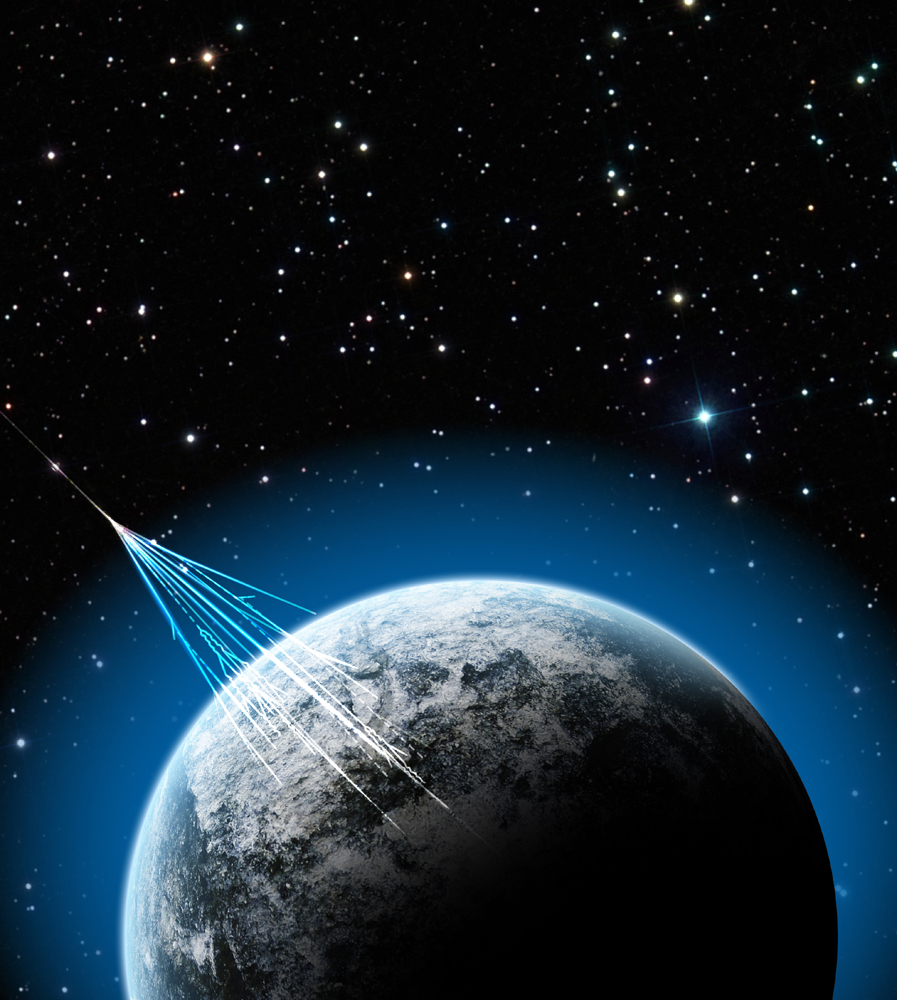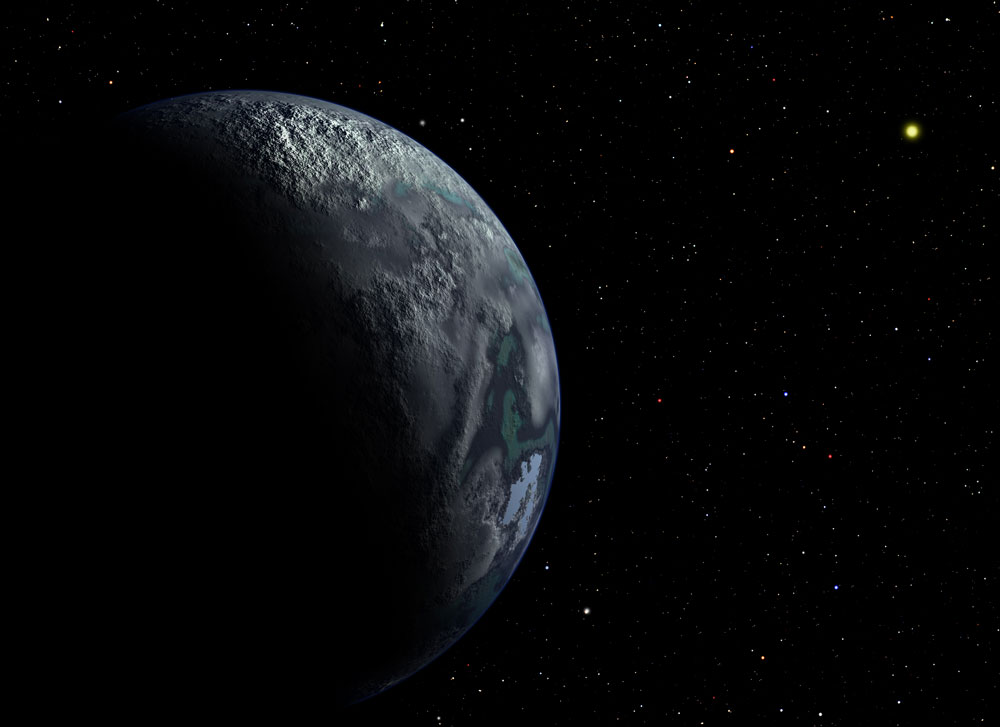
© DreamstimeAn artist's depiction of a Camarasaurus.
A young Missouri man has turned to the Internet in search of investors for his expedition into the remote jungles of Africa seeking to document undiscovered flora and fauna. That is not so unusual, but one of the creatures he hopes to find is: a living dinosaur.
The region Stephen McCullah, the organizer of the expedition, has chosen to explore is the reputed home of the Mokèlé-mbèmbé, a dinosaur-like creature said to be up to 35 feet long (11 meters), with brownish-gray skin and a long, flexible neck. Many locals believe that it lives in the caves it digs in riverbanks, and that the beast feeds on elephants, hippos and crocodiles.
McCullah posted his pitch on
Kickstarter.com asking for $27,000 in donations so that he and his friends can launch the Newmac Expedition, "one of the first expeditions in this century with the goal of categorizing plant and animal species in the vastly unexplored Republic of the Congo." The preliminary four-man venture is slated to launch June 26.
Though the team members largely lack formal education in biology or zoology, they "anticipate discovering hundreds of new insect, plant and fish species during the course of our research. There is also the legitimate hope of discovering many reptile and mammalian species. We have received reports...in the region of eyewitnesses seeing canine-sized tarantulas, large river dwelling
sauropods [dinosaurs], and a species of man-eating fish," McCullah wrote on the website.
Never mind dinosaurs, which have been extinct for millions of years, for a moment. Finding a spider the size of a dog would be remarkable enough, as the largest-known tarantula, the Goliath birdeater, lives in South America and has a leg span of "only" a foot.


